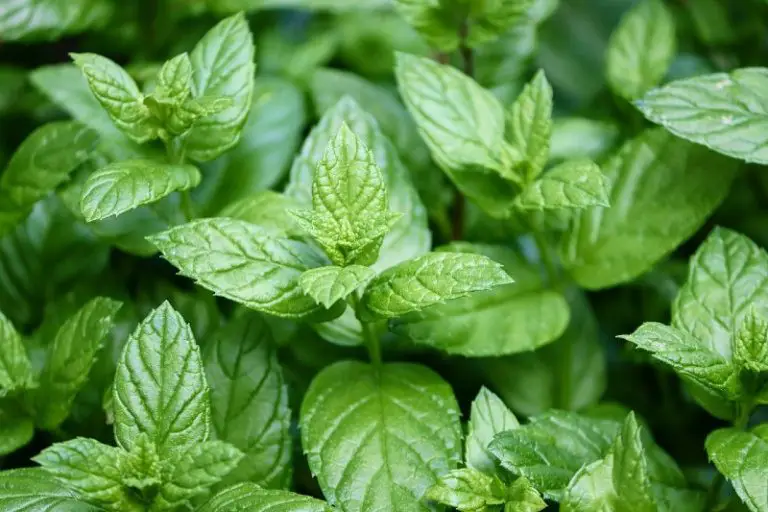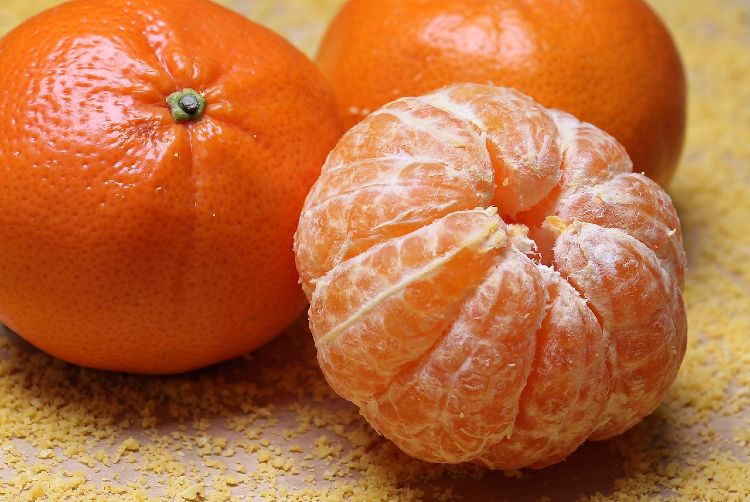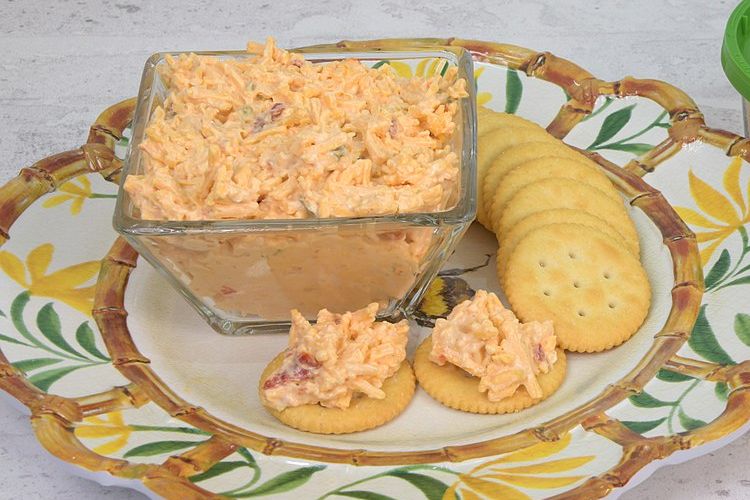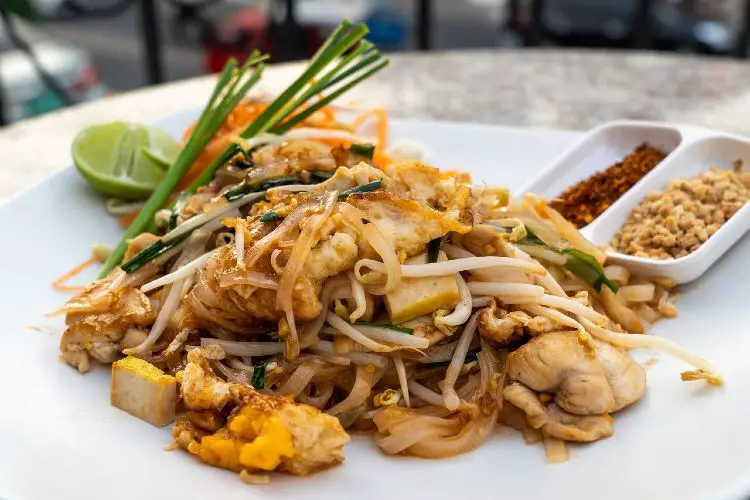Disparity: Tiny People Living with Big Food
I have always been interested in size disparity and the juxtaposition of scales between people and things. It seems to be a really common theme, going way back to its use in the 18th Century by Jonathan Swift in Gulliver’s Travels through to the television and films of the 1970’s (like Sid and Marty Krofft’s Dr. Shrinker) and 80’s (The Incredible Shrinking Woman, Honey I Shrunk the Kids, Innerspace, etc.). But even from the earliest days of cinema, filmmakers were using camera tricks to exploit the dramatic opportunities of a size disparity between people and, say, horrifyingly large insects or something. It was probably an easy special effect to pull off, even when the film industry was nascent. But the dramatic possibilities are great.
As a young boy, I built scale models of cars, planes and boats. I was also an avid collector of Matchbox cars. You don’t often have a great measure of control as a child. Adults make all of your decisions for you. So perhaps it is especially empowering to be able to develop your imagination by controlling the destiny of your toys in one of the only worlds that is smaller than yourself. There is also generally more to the concept of ‘play’ than just wasting time. Whether you’re a child on a playground or a lion cub on a savanna in Africa, in subtle ways spending time playing makes you smarter and better equipped to deal with life, as play is developmental in so many subtle ways.
The hand-painted figures that I work with really are made for model train sets. My father built a very large, elaborate layout for my brother and me in the basement when I was about 10 years-old. It was wired underneath so the lights in the miniature town all worked, including the flashing lights at the railroad crossings. My parents had a very tumultuous marriage so much of my childhood felt like living in a war zone. But the realm of the model trains was appealing because it was always clean and peaceful by comparison. I’m sure working with these figures again has tapped into something connected with that.
I chose food as a backdrop because it is a constant. Across cultures, languages, and socio-economic status, food is something that everyone knows and can talk about with some authority and yet mostly without controversy. The topic of weather is similar in its universal knowledge and lack of controversy. Food can also be very beautiful – with wonderful textures and colors – especially when lit properly and shot with macro lenses. People see a striking image of food and are immediately drawn in because it is something familiar. I suppose that in a sense the little figures have a commonality too as everyone plays with out of scale toys as a child. The mixture of the two in a way that is surprising is what lends the power to this work. As an American too I think my choice is conscious in terms of the strange and often negative relationship that many Americans have towards food. The work is mostly humorous on the surface and most viewers will react to the humor in it. But I’m also perhaps making some other statements too about North America’s food bounty, overuse, abuse, obsessions.
I don’t design these pieces with an explicit message in mind, and I am not trying to be intentionally didactic. I’m less interested in directing the message than I am learning how people attach their own message to something via their response to it. There’s a great line in Out of Africa that goes something like “The world was made round on purpose so that we could never see too far ahead over the horizon.” I’ve always really liked that idea. If I can surprise someone, give them a laugh or strike a corresponding chord with a childhood memory, then that’s a success. I’d much rather have the work felt in some way as opposed to having something understood.
The set-ups come from a very organic place. I’ll usually start with the food, seeing what’s in season at the farmer’s market, considering what I’ve shot before. Or I think about iconic foods, like Oreo cookies or Twinkies, and how an image of those things might tap into someone’s early memory (or current closet addiction/supermarket guilty pleasure). But I also consider how I can populate those images with figures with a context that makes sense. By now I have quite a little community of figures that I use, and I keep adding to the arsenal all the time. So that’s a big factor: finding a clever match for what I want to shoot.
Everything is always easier than it looks. These images look simple but can be tedious to set-up. I can’t really say that I pay very much attention to how much each individual set-up takes. More often I’ll do multiple set-ups over a few hours, some go quickly, while others take longer. I’ll try various lighting angles and depths-of-field.
There is a certain corner of my studio that I tend to use for this project. We have a lot of overcast days here in Seattle so it has marvelous, diffused light. I try to use available light as much as possible, though if I’m still working as the evening approaches I’ll set up a couple of off-camera slaves to add light. Sometimes a set-up just doesn’t work the way I had hoped and I’ll change the orientation of the background and/or the figures.
Most of the figures I use are hand-painted in Germany. On occasion I’ll re-paint or modify figures to suit my purposes. They’re designed to be glued to a train layout. So they don’t stand on their own. The trick is getting them arranged. A lot of food is soft so I can use a toothpick to make a small hole into which I can insert one of the feet. Other times I use agave nectar or modeling clay to get the feet to stand on hard surfaces.
Other than some light and colour adjustment, the images are not heavily manipulated with image processing software. The food I use is even totally real. Especially with commercial food photography there is a lot of cheating, for instance, using white glue in place of milk or glass cubes instead of ice. But I don’t really need to cheat with the food either. It is not always something you’d want to eat at the end of the shoot, but it is real.
The images have a strength and a personality of their own. But they are most often exhibited with captions that lend an extra bit of energy to the concept, and of course, often reinforce the laugh. For instance, one of the more popular images from this series is the man spreading mustard on the hot dog. And the caption reads: “Gary always uses too much mustard. But no one can say so. It’s a union thing.” So you have this image of a food that is often associated with backyard barbecues and Americana, and there is a problem with it that isn’t even worthy of discussion due to the ironclad bureaucracy of union rules.
Contact Details
Christopher Boffoli
E-mail: [email protected]
Photography website: http://cjboffoli.500px.com/
Video: http://www.vimeo.com/user189630/videos
Film: http://www.imdb.com/name/nm2351595/




